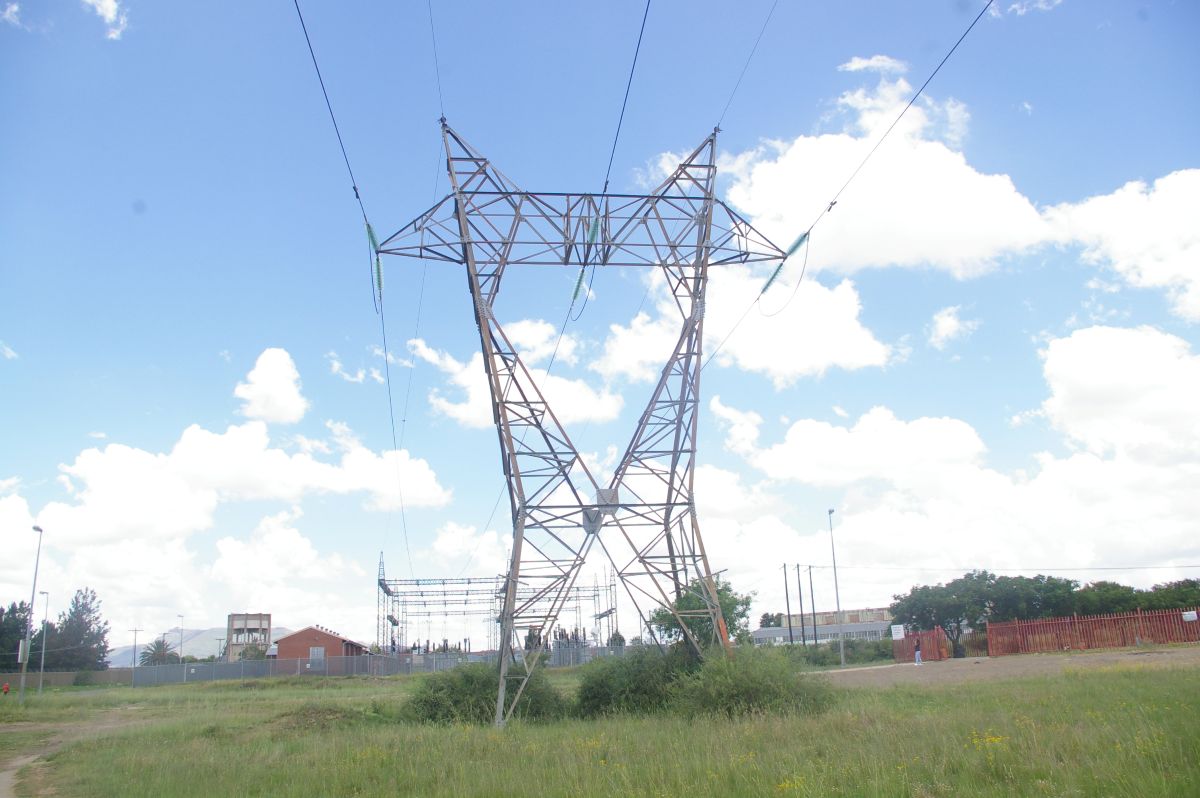
By Eskom/Theresa Magubane
Tuesday, 30 September 2025: Eskom has announced its group annual results for the 2025 financial year ended 31 March 2025. Eskom started with its turnaround strategy in FY2024, with the FY2025 results demonstrating the recovery of operational and financial performance.
“Eskom is increasingly a sustainable, investable company ready to compete in a liberalised, competitive energy market, and is very different from the crisis that in October 2022 the current Eskom Board inherited when they took office.
The comprehensive diagnostic review at the time reaffirmed Eskom’s strategic direction and highlighted the need to recalibrate execution timelines and intensify delivery against strategic objectives that we have supported the Executive Committee to deliver,” said Mteto Nyati, Eskom Chairman.
“The Board has remained utterly focused on using public money efficiently, and early interventions in governance and controls have delivered early measurable improvements in the fight against crime, fraud and corruption. Vending fraud as a result of our out-dated Online Vending System (OVS) is now reduced to lower levels, proving that a focus on stronger systems, smarter technology, and decisive action is protecting revenue and ensuring secure, reliable electricity for all South Africans, and we will continue to intensify our focus in this area,” Nyati continued.
“Following years of constrained performance, we are beginning to see the tangible benefits of our recovery strategies, with marked improvements across key financial metrics driven by the operational turnaround. As Eskom stabilises, the migration towards a more appropriate tariff path that balances customer affordability with Eskom’s financial sustainability is a key priority to ensure the sustainability of the industry. This is necessary to support the competitiveness of energy-intensive users and safeguard vulnerable sectors,” said Calib Cassim, Eskom Chief Financial Officer.
“Regulatory uncertainty and the absence of a long-term tariff trajectory continue to impede strategic planning for the electricity supply industry, our customers and investors. We require predictability to foster investment in South Africa. With the support of the Minister of Electricity and Energy, we will continue to engage with NERSA and other stakeholders on establishing a predictable long-term tariff outlook. Eskom is also supporting the restructuring of the electricity supply industry into a rules-based competitive market where players can compete fairly,” Cassim continued.
“Eskom’s stability and performance are vital to South Africa’s growth and development, through sustained economic growth and job creation. The focused and on-going efforts of Eskom’s 42 000 employees in delivering the turnaround strategy have produced tangible results.
According to a report by the Council for Scientific and Industrial Research (CSIR), titled Utility-scale Power Generation Statistics in South Africa, published on 17 March 2025, the South African economy lost up to R2.8 trillion due to load-shedding in the 2023 calendar year. In 2024, that figure was reduced by 83% to R481 billion,” said Eskom Chief Executive, Dan Marokane.
“We are reinvesting profits back into national assets. Over the next five years, with continued rigorous focus, we will invest more than R320 billion in sustaining and expanding our infrastructure for the long-term benefit of the nation. In a break from the past, we are accelerating the review and restructuring of our cost base. This is being done within the framework of the expected future single-digit tariff increases allowed by NERSA, as we drive efficiencies and take control of the factors within our control to address the affordability of electricity,” concluded Marokane.
Municipal arrear debt stood at R94.6 billion as of 31 March 2025 – a 27% increase from the previous year (2024: R74.4 billion). Despite the implementation of the National Treasury’s municipal debt relief programme, the growth has not slowed. Most participating municipalities are failing to meet the basic requirement of paying their current accounts on time and in full. This situation poses a serious risk to the viability of Eskom’s standalone Distribution company and threatens progress in the broader legal separation process.
Eskom continues to engage with the Government to explore alternative interventions, including prepaid supply models as well as Eskom’s proactive intervention of implementing distribution agency agreements to capacitate municipalities and improve both revenue collection and service delivery.
In an on-going focus on efficiency, the Cost Optimisation and Revenue Enhancement (CORE) programme, overseen by the newly established Strategic Delivery Unit, is targeting cumulative efficiencies of over R50 billion by FY2029 through revenue growth, procurement efficiencies, primary energy optimisation, digital transformation and capital productivity.





